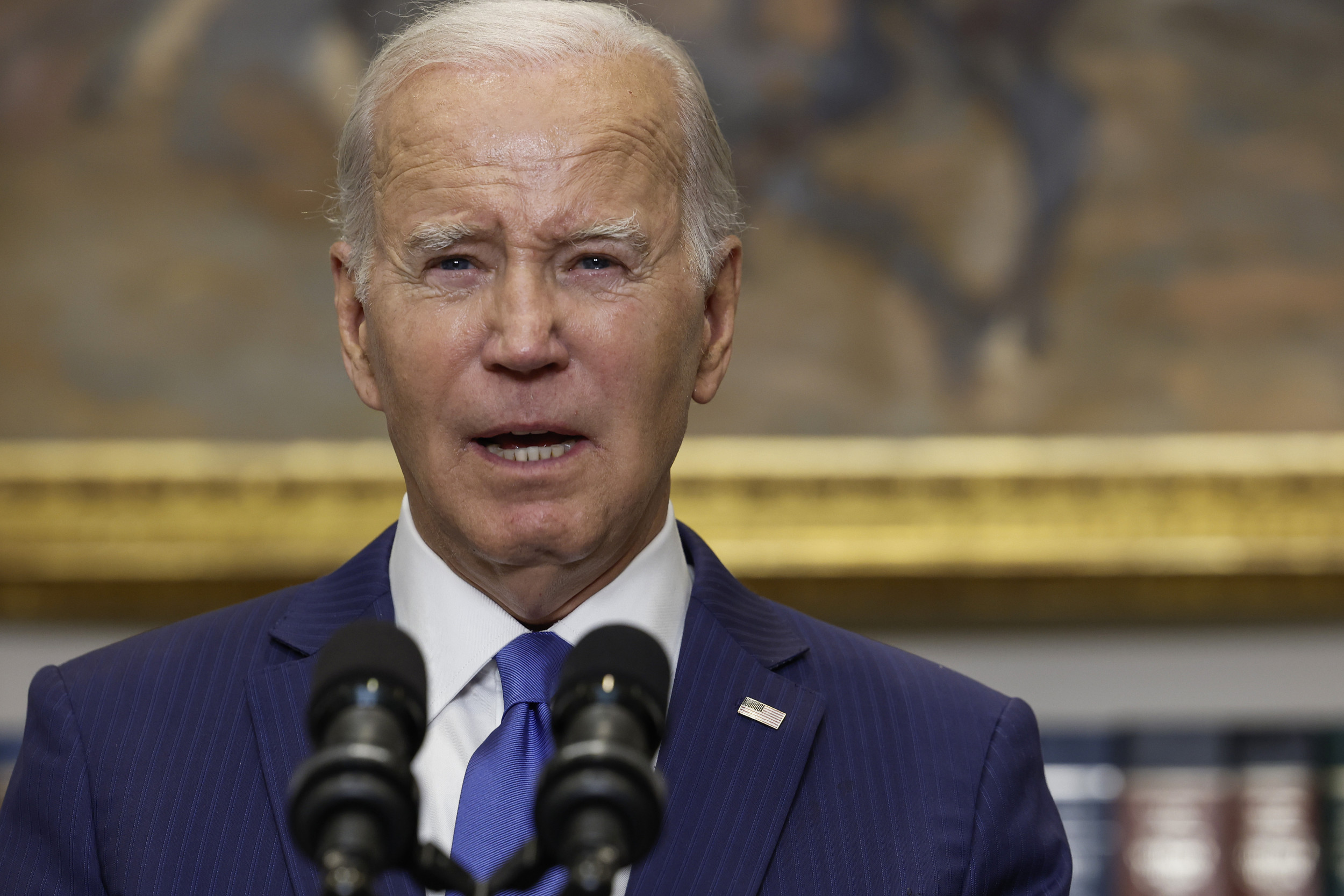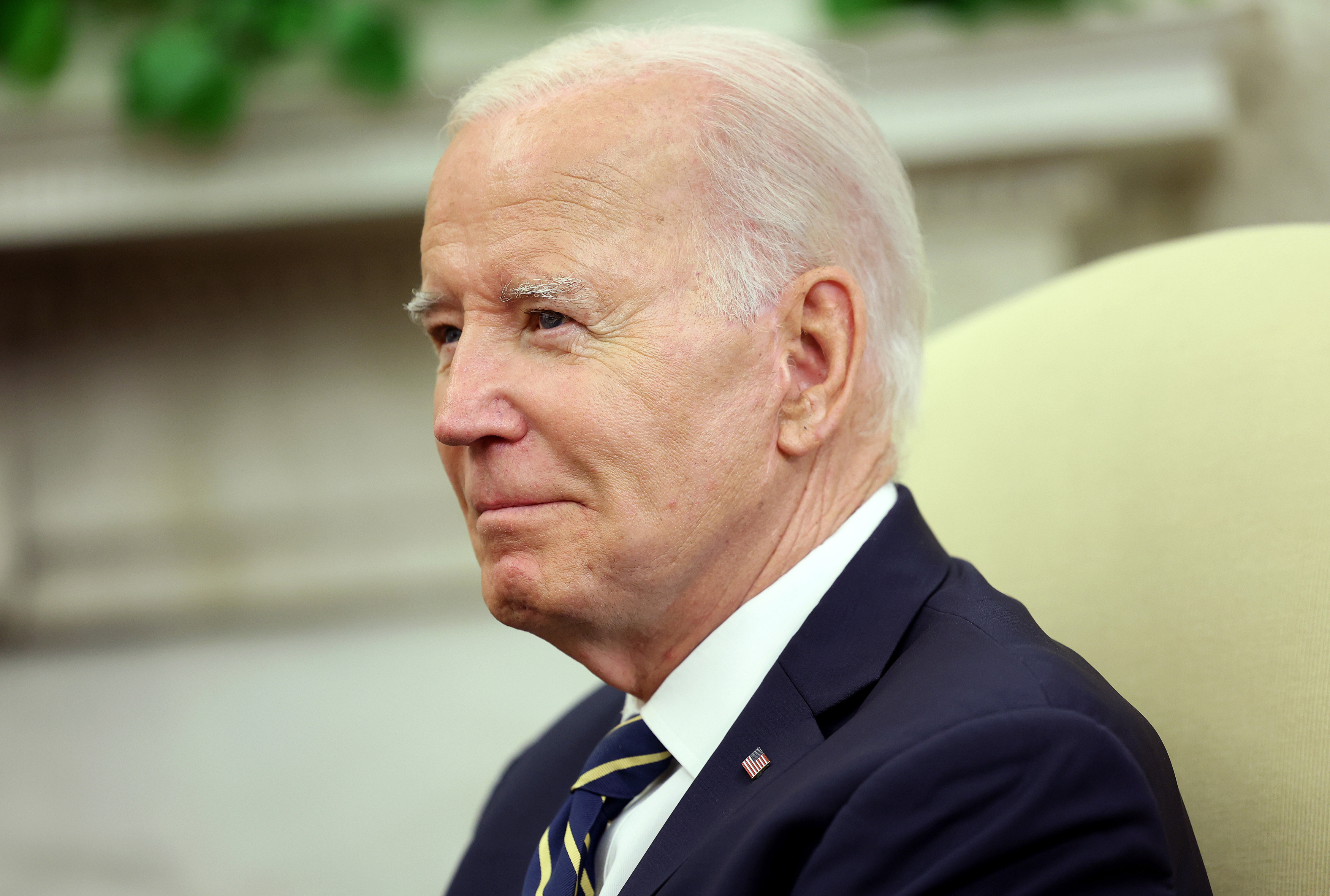
Closing the digital divide has never been more within our reach. Armed with a historic $65 billion in federal funding and over $86 billion in private investment since 2021, the broadband industry is driving toward the national goal of universal access and affordability by 2030. Once every corner of the country is connected to modern communication networks' economic, educational, medical, and social benefits, we could see a new renaissance of innovative thought and societal contribution. Imagine all the problems we could solve!
But first, the broadband industry needs more workers.
To meet the rising demand for installation and repair, the Brookings Institution expects companies will need to create and fill 12,000 new roles in addition to the 36,000 existing positions they will need to expand. While low unemployment rates and stagnant wages suggest a worker shortage, one study by the U.S. Bureau of Labor Statistics found major underrepresentation of women and people of color in the broadband industry: Only 4.5% of 155,000 telecommunications/radio equipment installers were women; 10.5% were Black.
What better opportunity to diversify the broadband workforce and pave the way for greater innovation, representation, and inclusive decision-making to create more solutions that positively impact more people?
Understand the Benefits and Spread the Word
The best first step to diversifying the broadband workforce is for leaders and hiring managers to understand why diversity and inclusion are in everyone's best interests. Diverse perspectives in a conversation lead to more innovative solutions for more problems that consider different groups of people. Diverse decision-making on a product or engineering team, for example, could result in the launch of new products or services that broaden a company's reach to more consumers. Inclusion also keeps workers on a team.
Diversity of thought in decision-making can be a competitive advantage, but according to McKinsey research, the winners reaping the most benefits from diversity and inclusion initiatives are the companies that push for bold action and systematic, business-led approaches. The best-ranked organizations in gender diversity at the executive level were four times more likely to earn greater profits than those at the bottom of that list. The worst-ranked organizations in gender and ethnic diversity were 27% more likely to earn fewer profits than all other groups.
When company leadership acknowledges and embraces the benefits of diversity, it becomes easier to spread that through the team. On my path to becoming a female CEO in a male-dominated industry, I started to pay much more attention to the inclusion of women. I kept track of their development and observed their distinct approaches to being women in a technical field. This awareness in leadership across more diverse groups can result in policies that recruit and retain a more diverse workforce and demonstrate leadership's willingness to drive diversity through action.
Ensuring Inclusion
Broadband companies should review their company policies and find opportunities for greater inclusion. Include employees from diverse backgrounds at all stages of recruitment and hiring and develop mechanisms to evaluate diversity in those processes. Look for language in the job description that might imply potential biases toward or against a certain group of people and adjust it to be more general.
Attend job fairs and conferences that focus on underrepresented communities. Partner with educational institutions or diversity-focused organizations to recruit from a broad range of communities and age groups. We have worked with several companies that recruit workers from among landscapers, carpenters, and other skilled craftspeople who work well with their hands and often make great broadband technicians.
Once we hire for diversity, then we need to demonstrate our commitment to providing a safe environment that supports and nourishes it. Establish spaces and platforms for conversation around diversity so employees can connect, share experiences, and shape a more inclusive workplace. Encourage employees to develop diversity initiatives or networking opportunities and bring them to the table to propose for implementation. Make diversity a part of the team effort and empower employees to bring their full, authentic selves to work.
Educate and Train
One eligible use of the $42.5 billion in the Broadband Equity, Access, Training and Deployment (BEAD) initiative is training and workforce development, making diversifying easier. Unlike other career paths that require years of expensive education, broadband jobs need people who know practical skills they can easily develop through hands-on training. We can draw employees from a much larger talent pool by creating a pathway to gain the skills and experience required for their role.
Make employees aware of training and career development opportunities and actively encourage workers from diverse groups to apply. At our company, we developed Clearfield College — a three-part program of self-learning, instructor-led courses, and hands-on work that team members can complete at their own pace. We ensure we have diverse trainers so everyone can see themselves represented. One of our best instructors is a woman. Having both her and myself as a face representing the company allows more women from diverse backgrounds to envision themselves rising to success in a male-dominated field.
Broadband companies can seek partnerships with public institutions, schools, colleges, and vocational programs. Offer internships, apprenticeships, and mentorship programs as alternative pathways to career development. I'm a member of the Fiber Broadband Association's Women in Fiber committee, which has a program that connects women new to the industry with mentors in fiber leadership. These connections provide valuable learning experiences to mentees and prepare them for potential leadership opportunities in the mentor's company.
At the end of the day, the ways we best go about diversifying the broadband workforce are no different from diversifying the workforce in general. The difference is the result. A broadband industry full of technicians from diverse backgrounds can become a future broadband industry with diverse leadership. The work we do now to embrace diversity as an advantage can encourage technological and communications advancements that solve more of the world's problems. Diversity in broadband is how we breed innovation.








